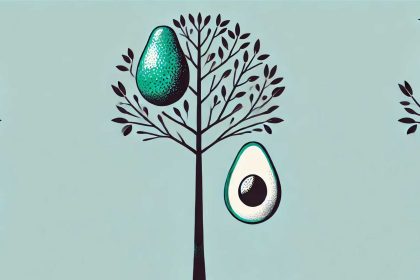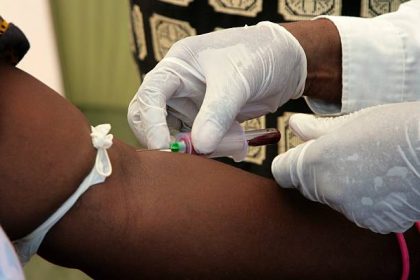Undescended testes may seem minor at first, but without timely treatment, they can lead to fertility challenges, hormonal issues, and even cancer later in life — early detection and surgical correction give your child the best chance at a healthy future.
During fetal development in the womb, the testes form in the abdomen. Before birth, they usually descend into the scrotum — the thin pouch of skin behind the penis that houses the testes. When the testes fail to move into the scrotum naturally before birth or within the first six months of life, the condition is known as undescended testes, or cryptorchidism.
Approximately 2–3% of newborns are born with an undescended testis. The condition is more common in premature babies; according to the Kenya Demographic and Health Survey, 1 in 32 preterm infants are affected.
The Kenya Association of Urological Surgeons reports that undescended testes are seen in about 4% of boys at birth. However, spontaneous descent occurs in 75% of these cases within the first three to six months, leaving around 1% of boys with an undescended testis thereafter.
The main sign of undescended testes is the absence of one or both testicles in the scrotum. Some children may also experience groin pain. Sometimes, a mother may notice that her baby’s testes were once in place but appear to have moved back up — a phenomenon known as ascending testes.
The exact cause of undescended testes remains unclear. It is thought to be related to hormonal imbalances, genetic factors, or developmental issues during pregnancy.
Potential complications of untreated undescended testes include:
- Fertility problems
- Increased risk of testicular cancer
- Testicular torsion (twisting of the testicle)
- Inguinal hernia
- Hypogonadism (reduced hormone production)
Diagnosis is often straightforward and made through a physical examination. In some cases, doctors may use imaging tests, such as an ultrasound, to locate the testicle.
Treatment:
The standard treatment for undescended testes is surgery, known as orchidopexy. The procedure involves moving the testicle into the scrotum through a small incision in the groin, the scrotum, or both. Orchidopexy is highly effective, with a success rate of approximately 95%.
The surgery cost in Kenya ranges from KSh40,000 to KSh200,000, depending on the medical facility.
Parents are encouraged to seek treatment even if the diagnosis is made later in the child’s life to reduce the risk of future complications.






















